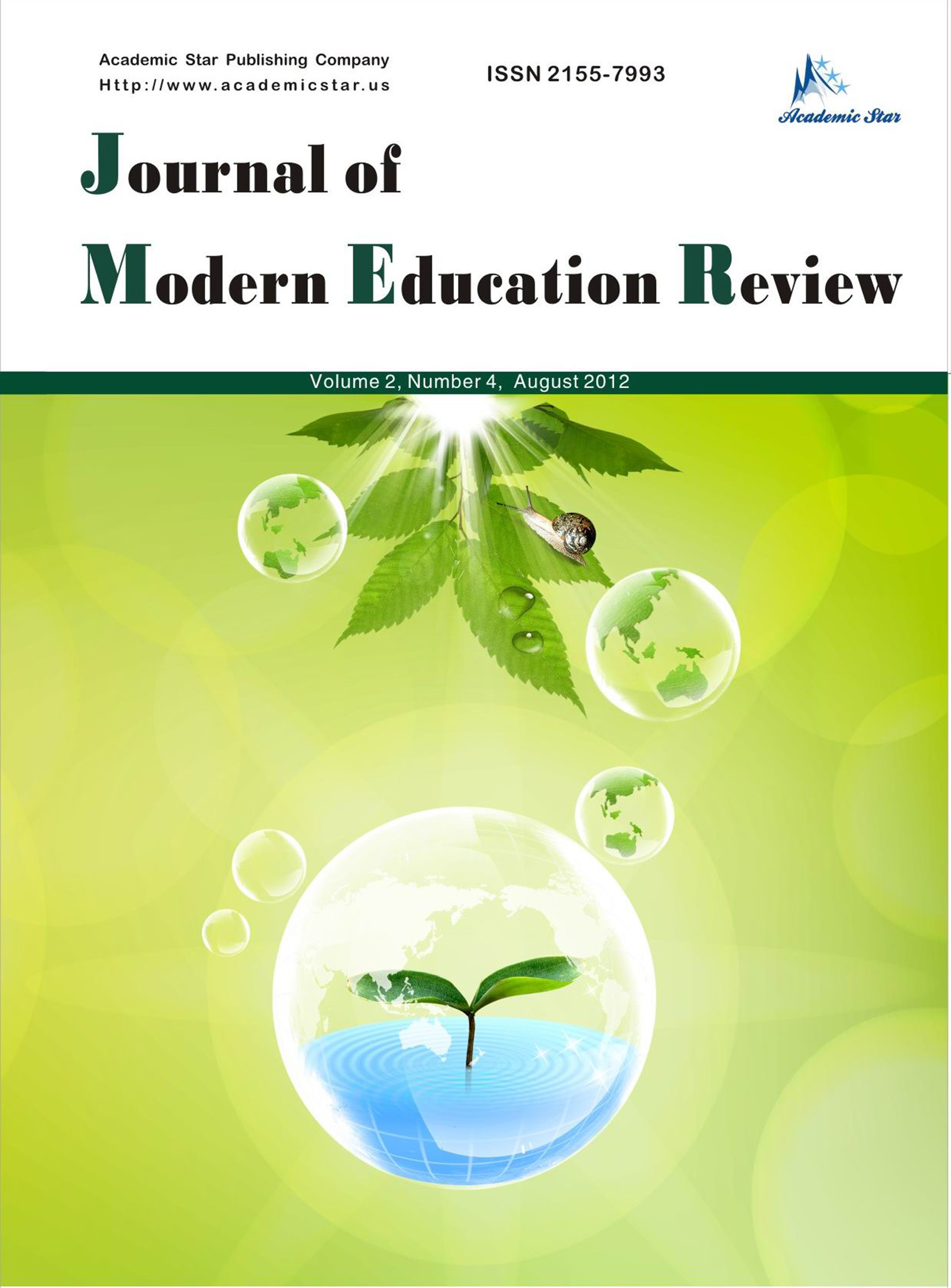Mentoring in Education: An Effective Implementation in a Special Education School
Margarita Karamanaki
(Primary Education Department, Serres, Greece)
Abstract: Mentoring is applied in a wide range of scientific fields, including education, and has been institutionalized since 2021. In Greek, it is referred to as “advisory guidance” and is based on the knowledge and experiences of a mentor, who can guide and positively influence others in the workplace, leading them to organization and professional development. In education, mentoring enhances the learning process by providing multiple benefits to students, educators, and the quality of the work provided. It significantly improves learning outcomes and leads to professional satisfaction and development for both the mentor and the mentee. This paper will present the theoretical foundations and characteristics of mentoring through a literature review. It will then describe a mentoring program successfully implemented in a special education school for students with cerebral palsy. The description will cover the necessity for implementation, the central goal, the process of implementation, the methodology followed, and finally, the results of its application in the school setting.
Key words: mentoring, professional development, special education
References
Bourantas, D. (2015). Management: Complete Theoretical Background, Modern Approaches and Methods, Management and Leadership Skills, E. Benou Publications, Athens, Greece.
Boutskou, L., & Chatzipanagiotou, P. (2014). “The role of the Mentor in the Greek school: the interconnection of the role with teacher training and school effectiveness”, in: 9th Panhellenic Conference “Hellenic Pedagogical and Educational Research”, University of Western Macedonia School of Education, pp. 600–611, doi: https://www.pee.gr/wp-content/uploads/.pdf.
Makropoulou, E., & Iordanidis, G. (2016). “The mentor institution: Views of experienced teachers on the conditions and expected benefits”, Education Sciences, No. 2, pp.162–174, doi: https://doi.org/10.26248/.v2016i2.1210.
Pappa, E., & Iordanidis G. (2017). “The role of the mentor in the Greek educational system: exploring the views of elementary school teachers in the prefecture of Thessaloniki on the necessity of the institution’s implementation”, Research in Education, Vol. 6, No. 1, pp. 112–130, available online at: https://doi.org/10.12681/hjre.13782.
Achinstein, B. & Davis, E. (2014). “The subject of mentoring: Towards a knowledge and practice base for content-focused mentoring of new teachers”, Mentoring &Tutoring: Partnership in Learning, Vol. 22, No. 2, pp. 104–126, doi: 10.1080/13611267.2014.902560.
Carmel, R. G., & Paul, M. W. (2015). “Mentoring and coaching in academia: Reflections on a mentoring/coaching relationship”, Policy Futures in Education, Vol. 13, No. 4, pp. 479–491, available online at: https://doi.org/10.1177/1478210315578562.
Ghosh, R. (2013). “Mentors providing challenge and support: Integrating concepts from teacher mentoring in education and organizational mentoring in business”, Human Resource Development Review, Vol. 12, No. 2, pp. 144–176, doi: https://doi.org/10.1177/1534484312465608.
Hussey, L., & Campbell-Meier, J. (2021). “Are you mentoring or coaching? Definitions matter”, Journal of Librarianship and Information Science, Vol. 53, No. 3, pp. 510–521, available online at: https://doi.org/10.1177/0961000620966651.
Jeong, S., & Park, S. (2020). “Mentoring in the human resource development context”, The Wiley International Handbook of Mentoring: Paradigms, Practices, Programs, and Possibilities, pp. 45–63, doi: https://doi.org/10.1002/9781119142973.ch4.
Kram, K. E. (1988). Mentoring at Work: Developmental Relationships in Organizational Life, University Press of America, pp. xiii, 252.
Martin, S. (1994). “The mentoring process in pre-service teacher education”, School Leadership & Management, Vol. 14, No. 3, pp. 269–277, doi: 10.1080/260136940140304.
Mullen, C. A. (2016). “Alternative mentoring types”, Kappa Delta Pi Record, Vol. 52, No. 3, pp. 132–136, doi: https://doi.org/10.1080/00228958.2016.1191901.
Mullen, C. A., & Klimaitis, C. C. (2021). “Defining mentoring: a literature review of issues, types, and applications”, Annals of the New York Academy of Sciences, Vol. 1483, No. 1, pp. 19–35, doi: https://doi.org/10.1111/nyas.14176.
Nasser-Abu Alhija, F., & Fresko, B. (2014). “An exploration of the relationships between mentor recruitment, the implementation of mentoring, and mentors’ attitudes”, Mentoring & Tutoring: Partnership in Learning, Vol. 22, No. 2, pp. 162–180.
Portner, H. (2005). Teacher Mentoring and Induction: The State of the Art and Beyond, Thousand Oaks, California: Corwin Press.
Rippon, J. H., & Martin, M. (2006). “What makes a good induction supporter?”, Teaching and Teacher Education, Vol. 22, pp. 84–99.
Salleh, H., & Tan, C. H. P. (2013). “Novice teachers learning from others: Mentoring in Shanghai schools”, Australian Journal of Teacher Education, Vol. 38, No. 3, pp. 152–165.
Young, R. J., Bullough, Jr, V. R., Draper, R. J., Smith, K. L., & Erickson, B. L. (2005). “Novice teacher growth and personal models of mentoring: Choosing compassion over inquiry”, Mentoring & Tutoring: Partnership in Learning, Vol. 13, No. 2, pp. 169–188, doi: 10.1080/13611260500105477.







